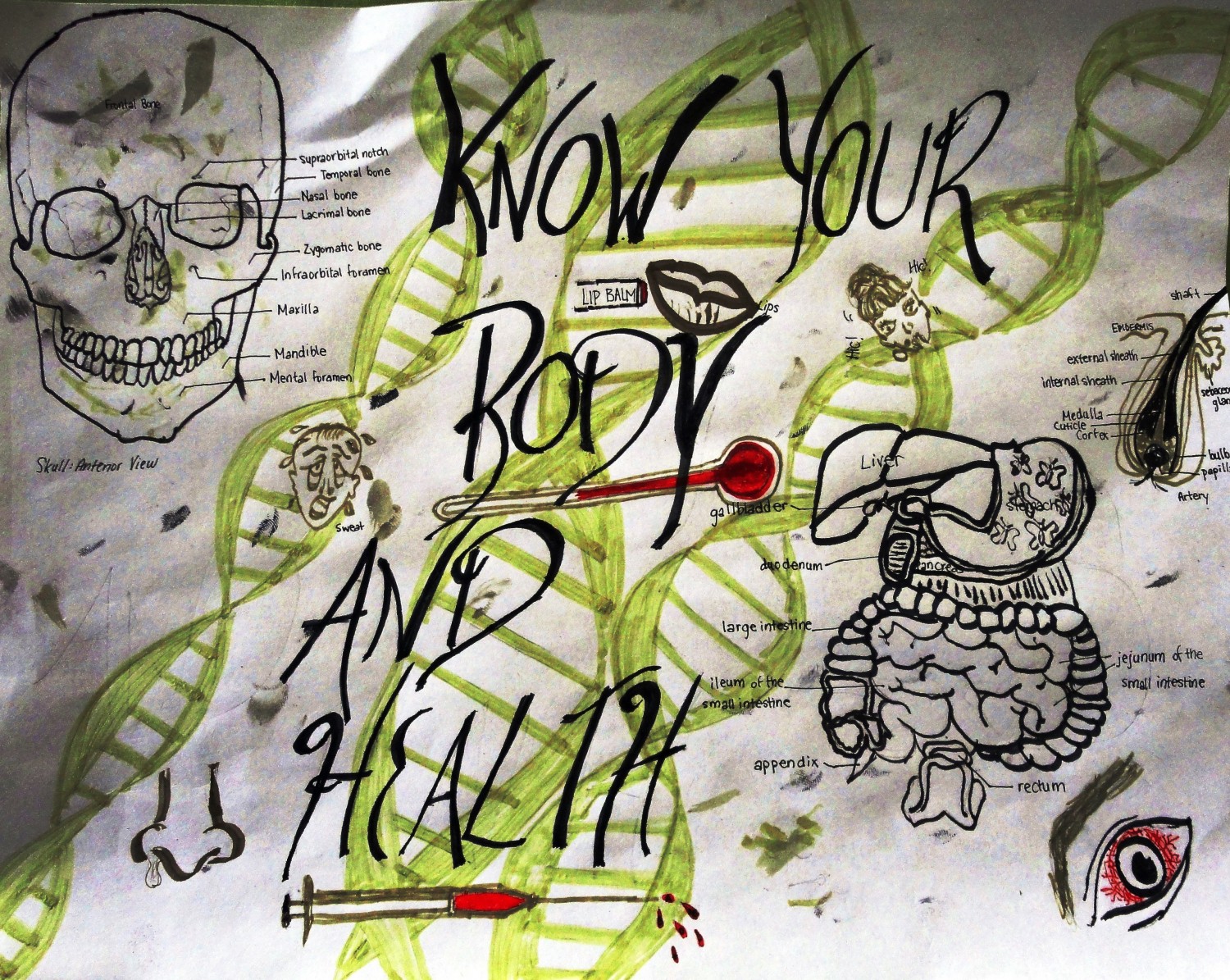Last week, we talked about some of the roles of melanin in the body. This week, we’re going to focus on two types of melanin, eumelanin and pheomelanin and their role in causing hair colour.
What makes Eumelanin and Pheomelanin different?
It’s really their colour. Eumelanin is more dark brown/blackish while pheomelanin ranges from reddish colours to yellowish.
How is hair coloured?
Melanocytes provide the pigments that give hair its colour. These melanocytes are found in the follicle of the hair (remember, the follicle consists of the bulb of cells that receive nutrients from the papilla) and they are only active during the hair‘s growth phase. This phase is also known as the anagen phase of the hair‘s cycle.
There are different types of specialized melanocytes, which produce different types of melanin. Each specialized melanocyte differs in its shape. The melanocytes that produce eumelanin are oval-shaped while the melanocytes that produce pheomelanin are spherical.
The melanin molecules are formed and then uptaken by the bulb cells, which actively form hair. The shaft of the hair then shows the hair colour produced by the mix of eumelanin and pheomelanin molecules.
Different hair colours
Darker hair contains more eumelanin than pheomelanin while red hair and light hair have more pheomelanin than eumelanin. Naturally occurring hair colours are:
- Black (Lots and lots of eumelanin, very little pheomelanin)
- Brown (Higher amount of eumelanin than pheomelanin)
- Blond –> From platinum blond to strawberry blond (Higher amount of pheomelanin, varying from the yellow pigments to the red)
- Auburn –> this is a light to dark reddish brown colour (higher proportion of red pheomelanin than what’s found in brown hair)
- Chestnut –> darker than Auburn.
- Red (around 2/3 of the pigments are pheomelanin and 1/3 eumelanin)
- Gray and White (Due to a lack in pigmentation and melanin) When you age, you lose melanin in your hair and don’t produce as much melanin anymore, which is why your hair turns gray/white.
Breeling, J.L. 2008. Hair Colour: Biology, Mythology, and Chemistry. HairFoundation.org <http://hairfoundation.org/hair-library/article-hair-color.htm>. August 27, 2013.
